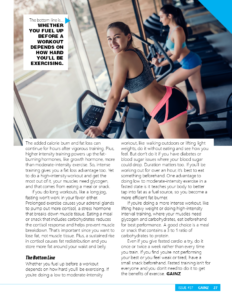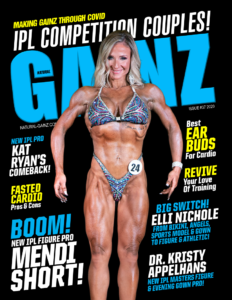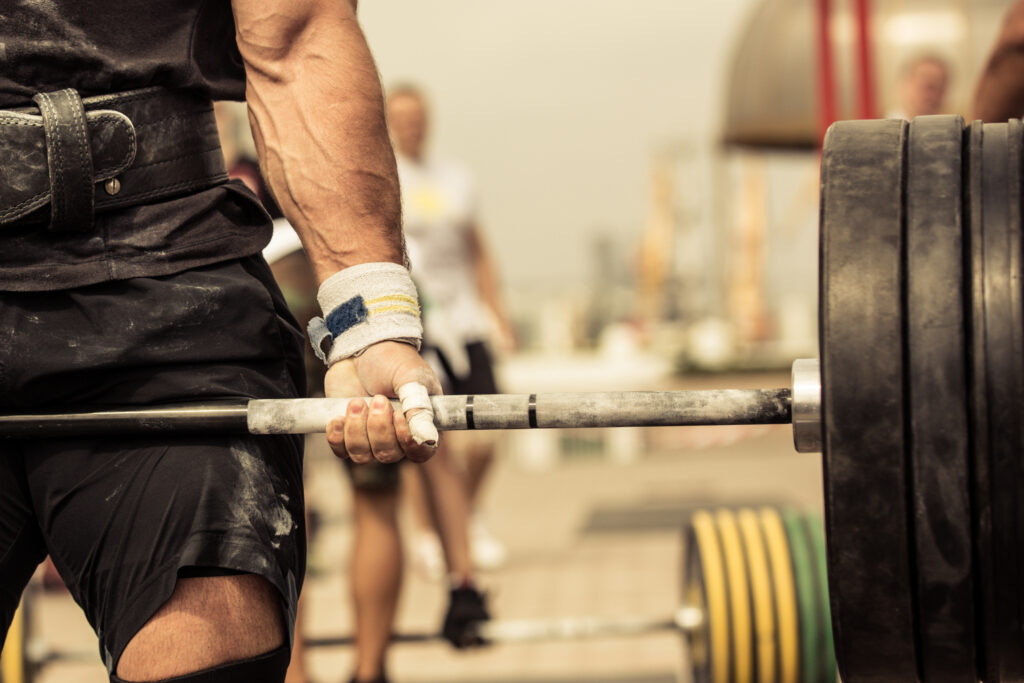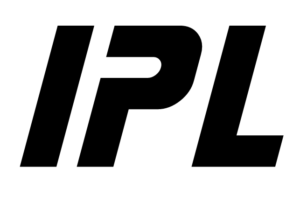Fasted Cardio: Pros & Cons
This article looks at the pros and cons of exercising in a fasted state and when it’s appropriate and not appropriate to do it.
Food supplies the fuel your body needs for exercise, so you would think it’s best to eat before a workout. Yet you may have also heard the opposite: that it’s best to work out in a fasted state, without eating a meal or snack beforehand. The best way to do this is to wake up in the morning and work out before breakfast. After recovering from your sweat session, grab a quick meal before getting on with the day. But is fasting beforehand the smartest and most effective way to train? This article looks at the pros and cons of exercising in a fasted state and when it’s appropriate and not appropriate to do it.
WITHOUT AN ABUNDANCE OF GLYCOGEN, YOUR MUSCLES TAP DIRECTLY INTO FAT STORES AS FUEL AND YOU START BURNING FAT RIGHT AWAY.
John Doe

Does Fasted Cardio Burn More Fat?
If you’re trying to get leaner, burning more fat during a workout appeals to you, right? According to some studies, exercising in a fasted state burns up to 20% more fat than if you grab a meal or snack beforehand. This assumes you fasted overnight and got up the next morning and worked out without eating. Doing a fasted workout later in the day is harder, as it takes 3 to 6 hours for your body to enter a completely fasted state.
Why does fasted cardio burn more fat? Muscles use glycogen, a stored form of carbohydrate for fuel during workouts. But they can also use fat as fuel. If you haven’t eaten in eight or more hours, your muscle glycogen stores are low. Without an abundance of glycogen, your muscles tap directly into fat stores as fuel and you start burning fat right away. If you’re trying to get leaner, that works in your favor!
The Downside of Not Eating Before Cardio
As with most things, there is a downside to not eating before a workout. The benefits of fasted cardio apply to low and moderate-intensity exercise, not strenuous exercise. That’s because it’s easy for your muscles to burn fat as fuel when you train at a low to moderate intensity, such as a brisk walk or slow to moderate jog. That’s not true if you pick up the pace and run fast or sprint. At an intense pace, your muscles become more dependent on glycogen and carbohydrates to fuel intense exercise. If your glycogen stores are low, you’re forced to slow down because you can’t sustain high-intensity muscle contractions.
Plus, more intense exercise has fat loss advantages too. When you exercise intensely, your body burns more energy during recovery, a phenomenon called, “the after burn.”
THE BOTTOM LINE IS… WHETHER YOU FUEL UP BEFORE A WORKOUT DEPENDS ON HOW HARD YOU'LL BE EXERCISING.
John Doe

The added calorie burn and fat loss can continue for hours after vigorous training. Plus, higher intensity training powers up the fat-burning hormones, like growth hormone, more than moderate-intensity exercise. So, intense training gives you a fat loss advantage too. Yet to do a high-intensity workout and get the most out of it, your muscles need glycogen, and that comes from eating a meal or snack.
If you do long workouts, like a long jog, fasting won’t work in your favor either. Prolonged exercise causes your adrenal glands to pump out more cortisol, a stress hormone that breaks down muscle tissue. Eating a meal or snack that includes carbohydrates reduces the cortisol response and helps prevent muscle breakdown. That’s important since you want to lose fat, not muscle tissue. Plus, a sustained rise in cortisol causes fat redistribution and you store more fat around your waist and belly.
The Bottom Line...
Whether you fuel up before a workout depends on how hard you’ll be exercising. If you’re doing a low to moderate-intensity workout, like walking outdoors or lifting light weights, do it without eating and see how you feel. But don’t do it if you have diabetes or blood sugar issues where your blood sugar could drop. Duration matters too. If you’ll be working out for over an hour, it’s best to eat something beforehand. One advantage to doing low to moderate-intensity exercise in a fasted state is it teaches your body to better tap into fat as a fuel source, so you become a more efficient fat burner.
If you’re doing a more intense workout, like lifting heavy weight or doing high-intensity interval training, where your muscles need glycogen and carbohydrates, eat beforehand for best performance. A good choice is a meal or snack that contains a 3 to 1 ratio of carbohydrates to protein.
Even if you give fasted cardio a try, do it once or twice a week rather than every time you train. If you find you’re not performing your best or you feel weak or tired, have a small snack beforehand. Fasted training isn’t for everyone and you don’t need to do it to get the benefits of exercise. GAINZ

About the Authors:

GAINZ STAFF
Freelance industry experts from around the world.
Share this post:

Natural GAINZ Magazine – Why Recovery Days Are Crucial
If you’re not sold on taking a day off from the gym, read on to discover what benefits it can provide…

Natural GAINZ Magazine – How To Prepare For A Powerlifting Meet
Every pound counts, so preparation is crucial. Your goal should be to feel strong and ready when you’re called to the deck, with your mind fully focused on the task at hand.

Natural GAINZ Magazine – New IPL Women’s Athletic Pro, Marissa Burns
“It’s just more me! It emphasizes the feminine badass in my core, and that is a euphoric feeling in itself.”

Natural GAINZ Magazine – Fasted Cardio: Pros & Cons
This article looks at the pros and cons of exercising in a fasted state and when it’s appropriate and not appropriate to do it.

Natural GAINZ Magazine – Why Recovery Days Are Crucial
If you’re not sold on taking a day off from the gym, read on to discover what benefits it can provide…

Natural GAINZ Magazine – How To Prepare For A Powerlifting Meet
Every pound counts, so preparation is crucial. Your goal should be to feel strong and ready when you’re called to the deck, with your mind fully focused on the task at hand.
